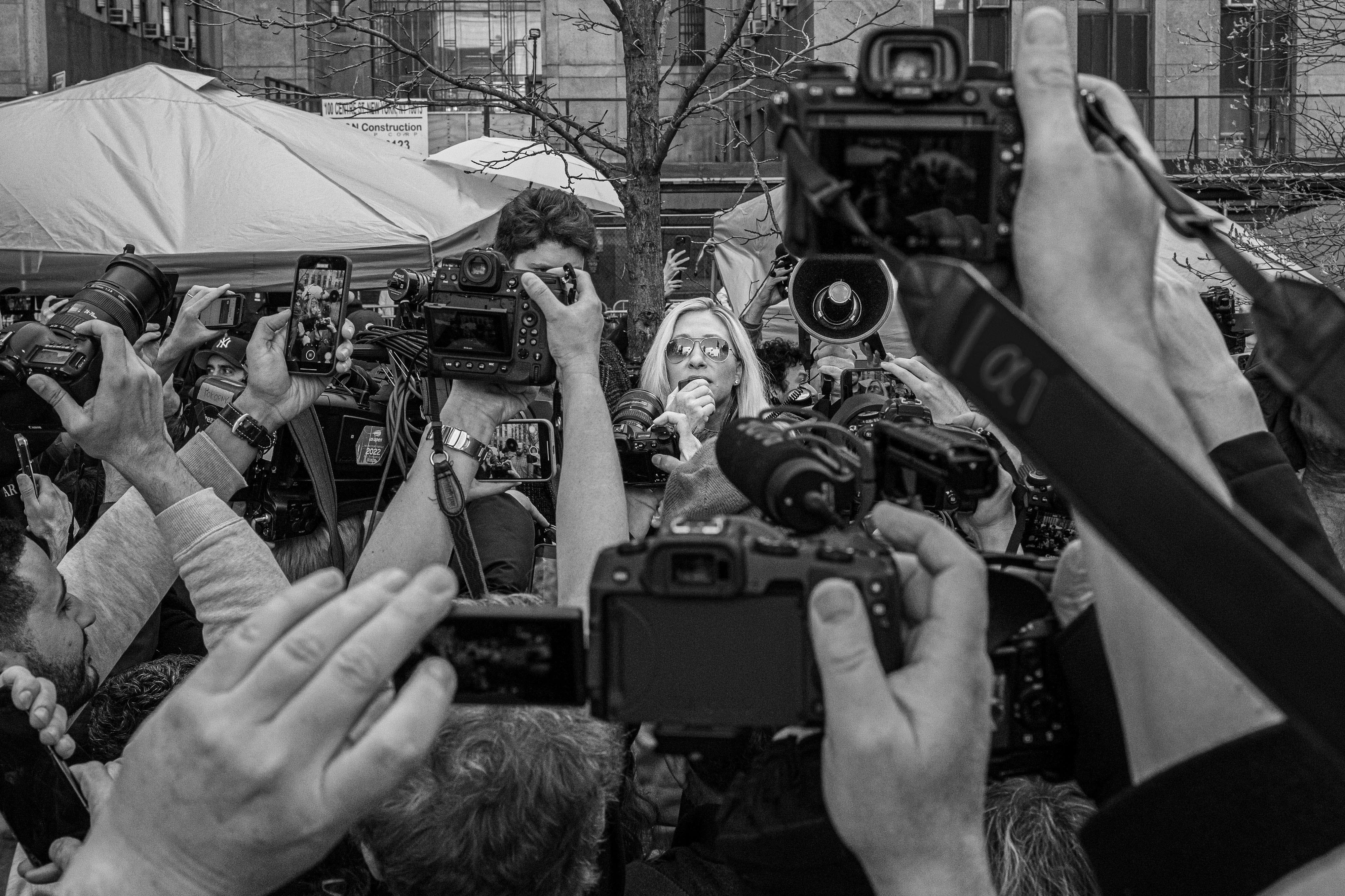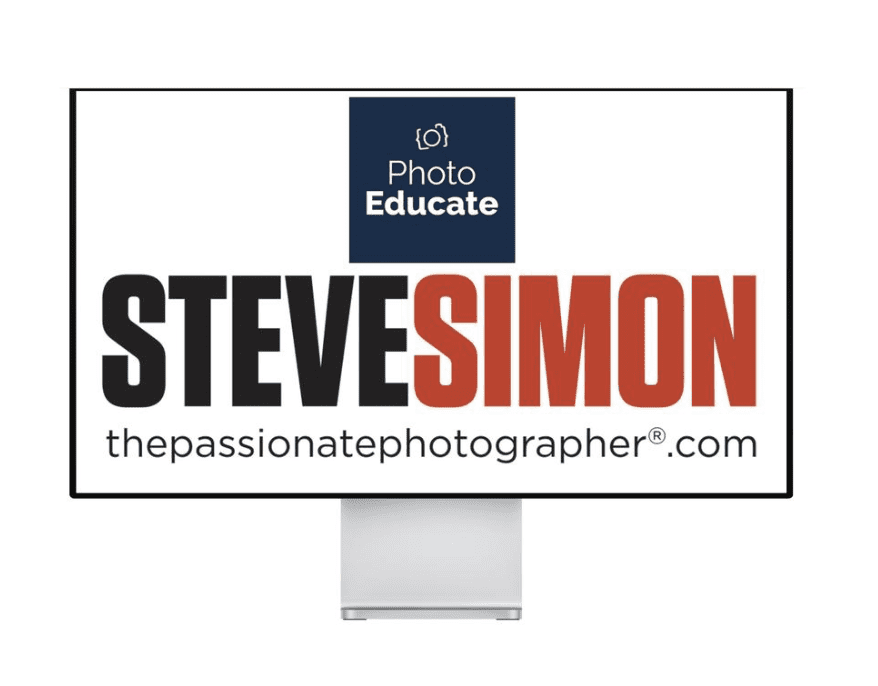So you like the idea of a photo project and you want to find one yourself.
But how do you find your personal project, and how do you set out to do it? I’m here to help you with both questions.
Personal experience and exploring your own connections often yield the most rewarding projects. If you’re inspired by the landscape, what is it that inspires you? How does it make you feel?
As you dig deep, the goal is to create images that make the viewer feel something, maybe discovering what you already know about the place. In other words, images that transcend the literal and become more lyrical.
“Think big” is what New York Times Magazine photo editor Kathy Ryan recommends.
“It’s one of the most important things a photographer can do to succeed, it’s as simple as that. I’ve noticed over the years the truly great photographers get an idea and they play it out to its fullest,” said Ms. Ryan.
Of course, all big ideas start with a small step, and securing your idea is what you need to do first. You won’t know for sure that your idea is executable until you start the process of shooting. Better to overshoot than overthink.
Years ago, when I hit a creative wall as a newspaper photographer, I was inspired by much of the great documentary work I was seeing online, in books and magazines. I saw work from enlightened, passionate people showcasing innovative and in-depth coverage that was often self-assigned and created in their free time.
The work of documentary photographer Eugene Richards stopped me in my tracks and motivated me to travel thousands of miles for a week-long workshop to learn just how he did it. How did he get so emotionally and physically close to his subjects?

I found out that Richards needed to be physically close to his subjects while shooting, which added to the immediacy and intimacy of his work. He used an Olympus and 21mm lens at the time, which did not distort as much as other lenses, but the technical stuff was the easy and less important part.
How was he able to get so physically close to his subjects and capture such emotional intimacy? I learned that concentration, patience, passion, and empathy for his subjects were some of the answers.
It was in his workshop where I realized I was not doing the work I had set out to do. I was essentially shooting the same kind of picture over again, and I needed to find a way to get past this repetition.
I understood that when you stop trying to make images that look like what you think strong photography is supposed to look like, and look inward, you separate yourself from the pack and your honesty and passion will shine through. A set of pictures was to be the breakthrough.
Finding a personal project was my way to break free from the shackles of daily assignment work. I needed to pursue a story I felt passionate about; I needed to follow the story in depth and with the only limits being ones I set for myself. I would learn to slow down and make time to get what I was after.
I would also unlearn some processes that had become formulaic and were preventing me from moving beyond my comfort zone and into a new and exciting creative place. I wanted to make photographs that were original, authentic, and expressed who I was, as a person and photographer.
Focusing your photographic energy and passion on a story or theme is something I feel confident will lead you toward becoming the photographer you know you can be. It is passion that will take you there, and persistence is key.











